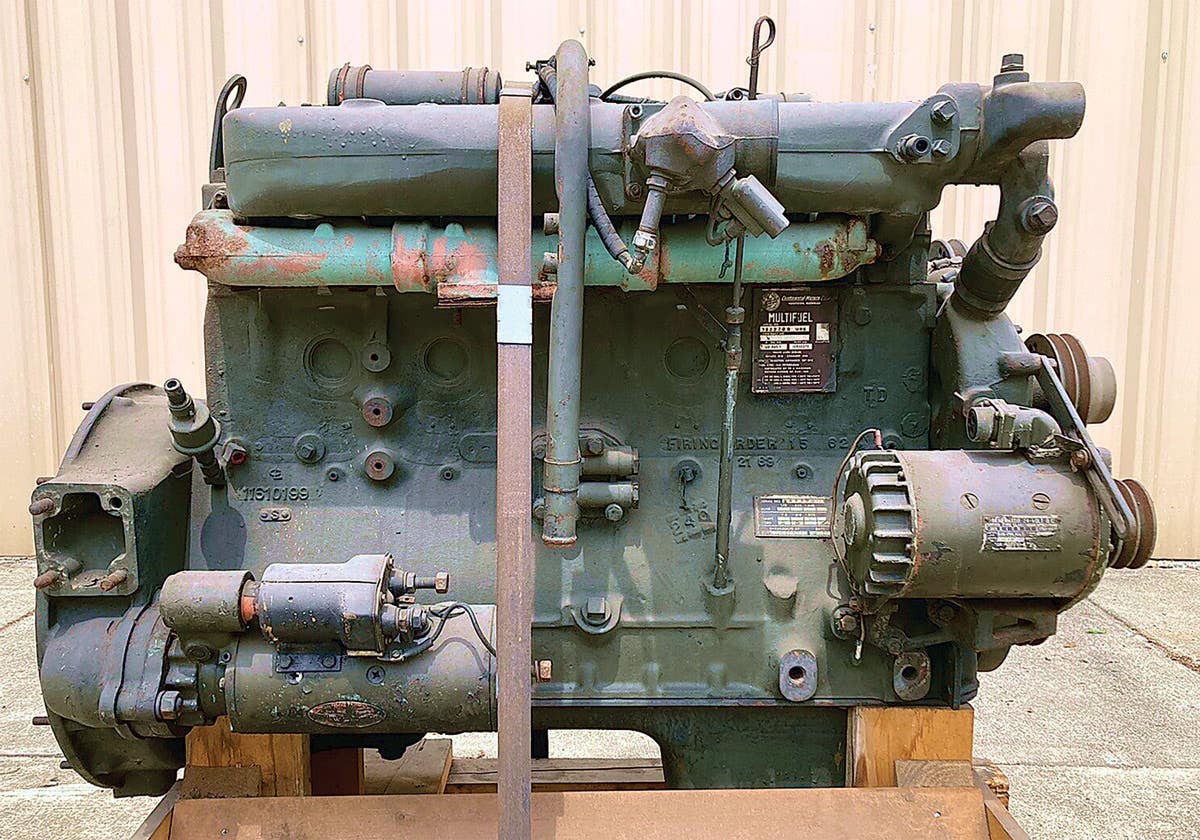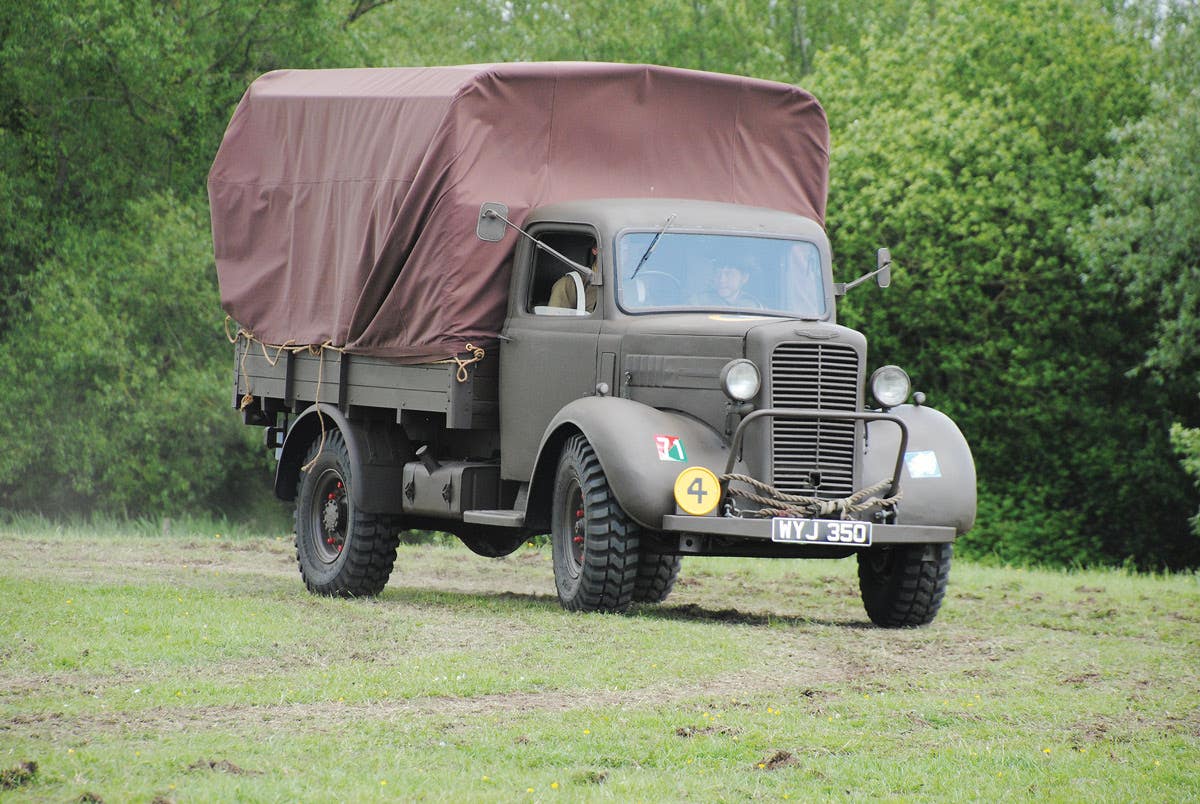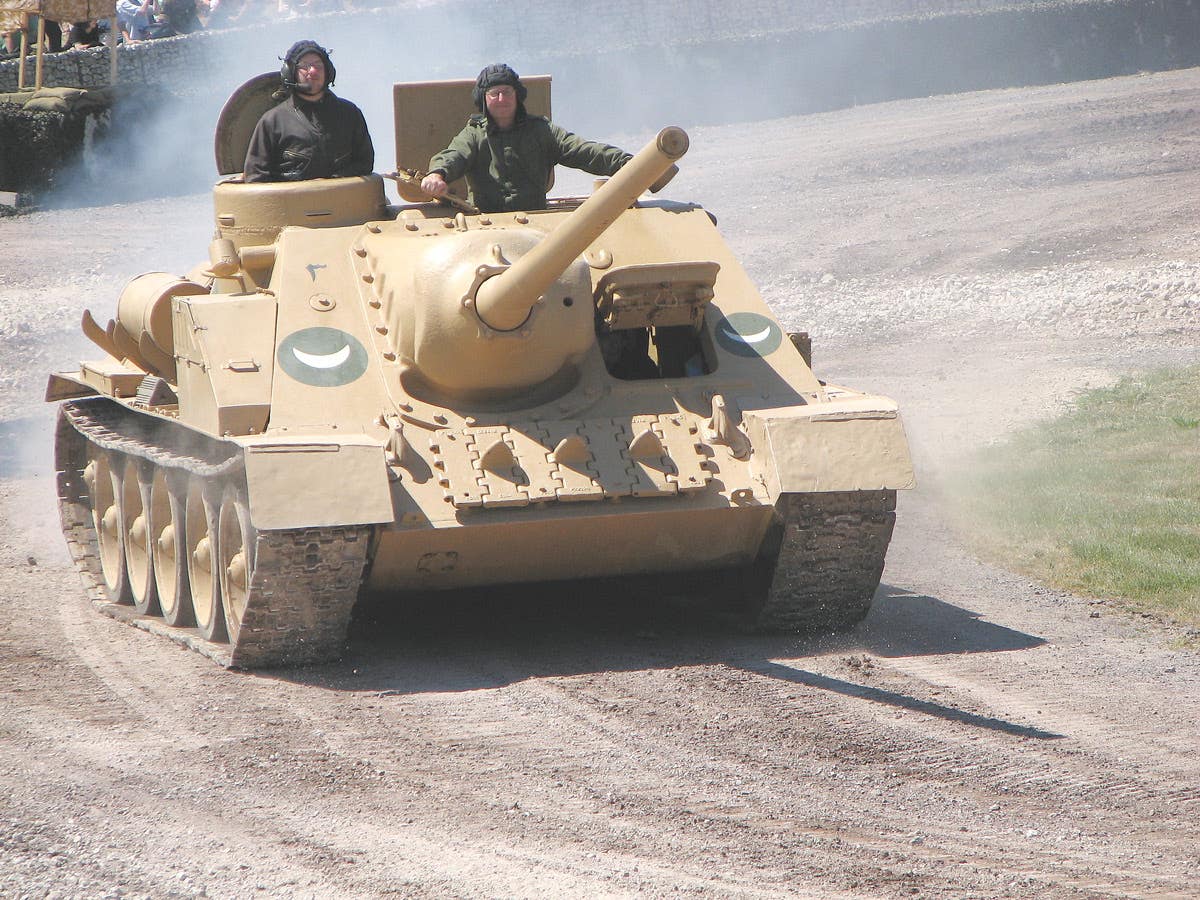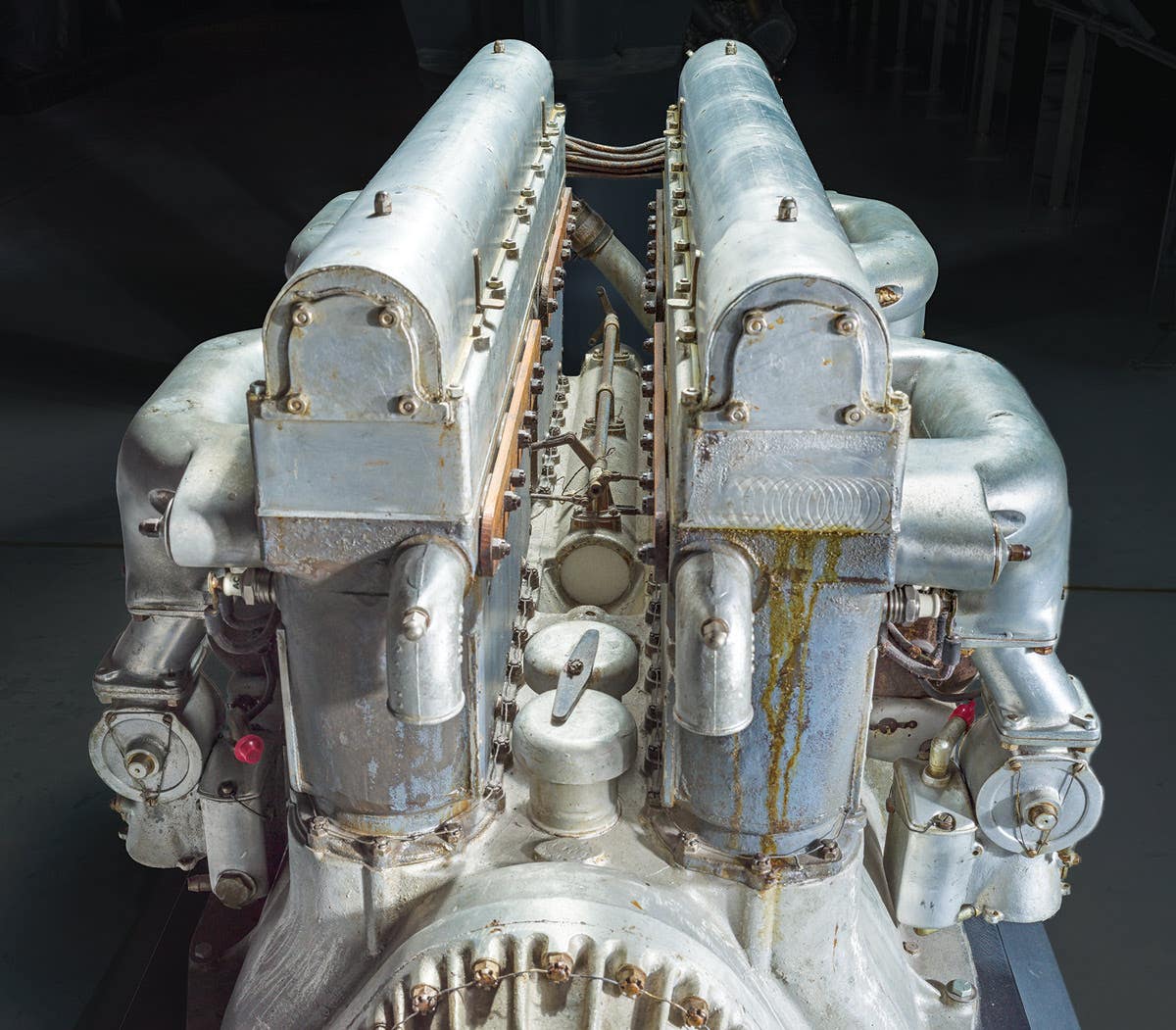Army awards contracts for more battlefield radios
The U.S. Army has awarded three companies with contracts to manufacture more battlefield radios for soldiers: General Dynamics Corp., based in Falls Church, Virginia; Harris Corp., based in Melbourne, Florida;…
The U.S. Army has awarded three companies with contracts to manufacture more battlefield radios for soldiers: General Dynamics Corp., based in Falls Church, Virginia; Harris Corp., based in Melbourne, Florida; and Rockwell Collins, based in Cedar Rapids, Iowa all received agreements to build more HMS Manpack radios. The total value of three contracts wasn’t specified.
The HMS (Handheld, Manpack & Small Form-Fit) Manpack forms the core of the U.S. Army’s tactical communications architecture, providing an advanced communications infrastructure from the dismounted soldier to the Tactical Operations Center. The manpack radio is the Army’s first two-channel digital networking radio with integrated cross-banding. It includes SRW, SINCGARS and MUOS SATCOM waveforms while maintaining backward interoperability with legacy waveforms. The device can be worn in a soldier’s rucksack or mounted in a vehicle.
The HMS radios are part of the Joint Tactical Radio System, a family of radios in development since the 1990s. The radio, two batteries and supporting gear such as a pair of handheld microphones, antennas, a GPS antenna and the battery bucket,weigh about 19 pounds. The Army wants to decrease the weight to 16 pounds while still supporting an eight-hour mission — and eventually to 14 pounds by fiscal 2025.
Each vendor has two months to provide 30 radios to the Army for testing to ensure the devices meet the service’s requirements, the release states. If so, the Army will buy 60 from each vendor for the so-called customer-test phase, scheduled for the second quarter of fiscal 2017, it states.
In 2013, the Army stated it planned to spend upwards of $1.4 billion on digital radios for the battlefield, half of which was designated for the manpack radios. The service is authorized to buy as many as 60,296 of the devices, the release states. So far, it has purchased 5,326 of them through low-rate initial production (“LRIP”) contracts.The technology has been fielded to seven brigade combat teams in the 10th Mountain (Light Infantry), 101st Airborne (Air Assault) and 82nd Airborne Divisions, including those who have deployed to Iraq and Afghanistan, the release states.








